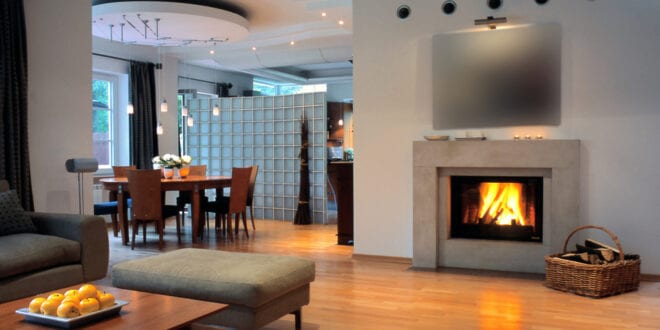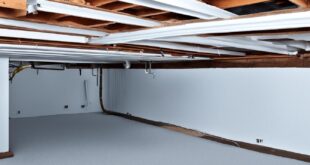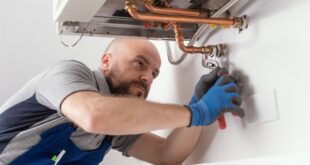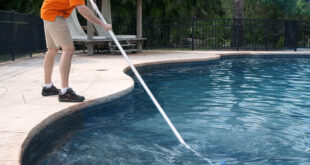A furnace is a heating unit indispensable to any home, made warm and comfortable in cold weather. A vital and often permanent part of the central heating system, it delivers heat to interior spaces by blowing hot air through ductwork.
According to smilehvac.ca: Heating appliances use different sources to get them going, the most common being natural gas. Gas ignites in the burner and warms up the air, which is distributed throughout the home. A furnace is working properly when all of its constituent elements are in sync. If they are not, there may be problems with heating – to which HVAC experts can provide quick solutions. They can fix your furnace, ensuring everyone is kept toasty during low temperatures.

There are many parts in a furnace; different models on the market, making it hard to grasp their precise functions. Understanding how the few basic components work together, keeping the heating cycle running smoothly, should help customers decide what type of furnace is perfect for them. The 98% fuel-efficient forced air gas furnace commonly consists of the following parts:
- Return Ducts draw cool air from the home into the furnace to be reheated.
- An Air Filter prevents dust, debris, and particles entering the blower motor.
- A Blower Motor draws air from the filter, pushes it past the heat exchanger, into the supply plenum.
- A Blower Motor Capacitator ensures the blower motor is on and running at a steady speed.
- A Supply Plenum is a furnace duct that distributes heat throughout the home.
- A Thermostat will “tell” the furnace ignitor to start the heating cycle when the indoor temperature falls below a set point.
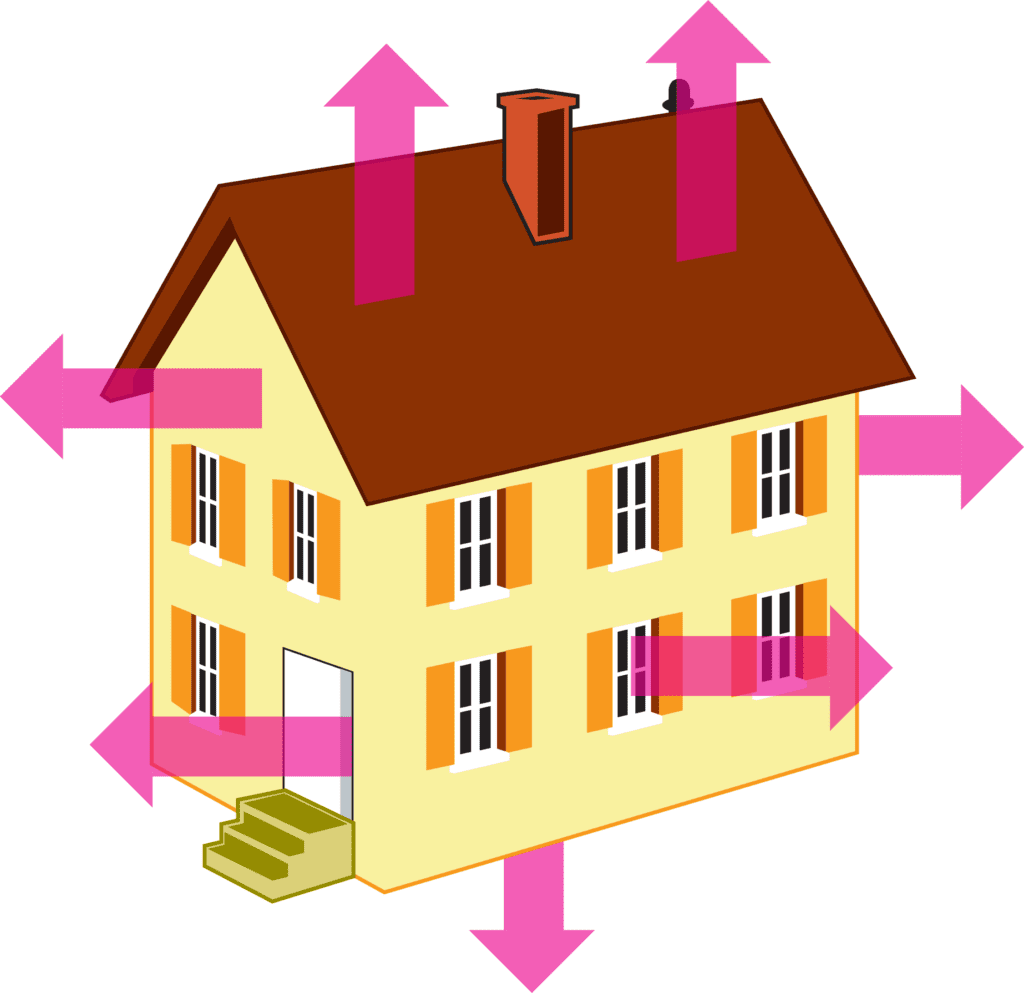
- A Hot Surface Ignitor receives an electrical current that lights the burners.
- Furnace Burners are cylindrical containers where air and gas are combined. Producing a consistent flame, it is the heat source of the furnace. The flame in the burners is controlled by a gas valve, a thermocouple, and a flame sensor. The burners send heat air to the heat exchanger.
- A Gas Valve regulates the different pressures at which gas is piped into the furnace and the home. In the event the safety switch fails, the valve shuts off the gas.
- A Thermocouple consists of two small metal wires inside a tube. When the tube is heated, it will send a signal to the gas valve, allowing gas to flow. If it doesn’t sense any heat, it will shut off the gas.
- A Flame Sensor detects heat when an igniter is used. If there is no heat, it will shut off the gas.
- A Heat Exchanger is a set of S-shaped long metal tubes that contain toxic fumes produced due to burning fuel. The heat exchanger separates the toxic from the clean air by absorbing the heat from the combustion gases into the walls. As a result, the gases are cooled and directed into a pipe and out of the interior. Any damage to the heat exchanger can be extremely dangerous, as it can allow exhaust to enter the home.
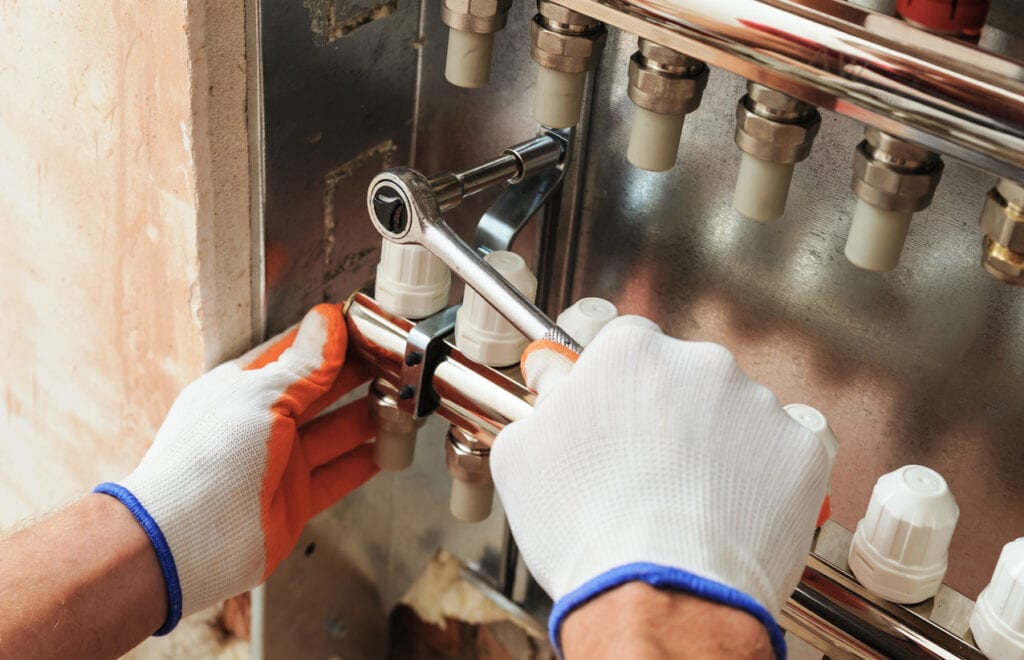
- A Draft Inducer Motor is used to vent the toxic fumes out of a home. Before the gas is allowed to burn, the motor is turned on, creating a vacuum that pushes air out of the vent pipe.
- A Pressure Switch makes sure the draft inducer motor is switched on and pushing gases out of the vent pipe.
- A Vent Pipe/ Flue is a way out for unwanted fumes, which contain carbon monoxide.
- A Furnace Limit Switch is used as a safety precaution. It detects heat and will shut off the burners if the furnace is too hot.
There’s nothing quite as lovely as staying warm and feeling safe at home during cold winters. There’s nothing worse than having to get up in the middle of the night, roaming around the house, freezing, wondering why the heat is out. When the furnace is not working properly, or at all, fixing the issue can be daunting, but not impossible. Knowing about what parts of the furnace tend to break down easily and most often can certainly help with troubleshooting and prevention against unwanted issues arising.
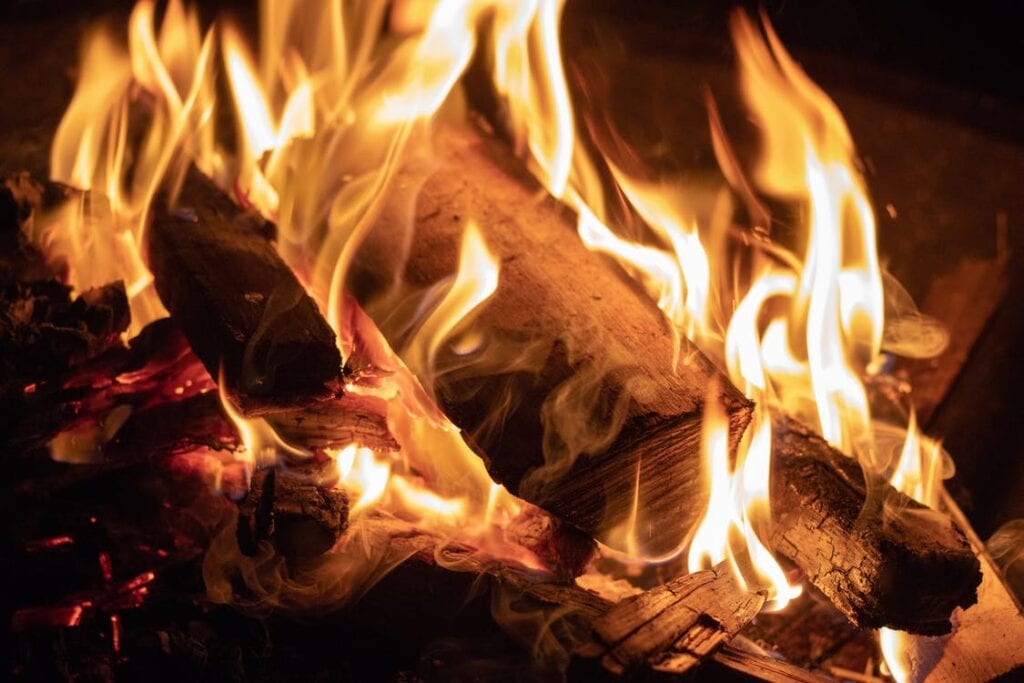
Dirty filters are one of the most common causes of furnace failure. Having a clogged filter can not only obstruct heat from entering the living space but can also damage the fan’s limit switch. Left unchecked, filters can become a fire hazard as well. A Thermostat error is another common malfunction. In this case, a thermostat will send out incorrect information concerning temperature or turning on/off the heat. Even if the rest of the unit is working properly, there won’t be any heat generated if there is a problem with the ignition switch. Often, strange intermittent noise (squeaking, rattling, clanging, banging, etc.) coming from the inside of the furnace can point to all types of issues, such as loosened or detached components, unwanted debris, even infestations. Particularly, a scraping sound can indicate that the blower bearings of the blower mechanism have been damaged. If there is a high-pitched squeal coming from the unit, something is wrong with the blower belt. A key sign of a problem with the heat exchanger is that the air coming out of the vents isn’t warm enough. Typically, a furnace will pause in between cycling. If it is rapidly running all the time, a faulty limit switch could be the cause of the problem.
Do-it-yourself troubleshooting can be difficult considering all the different unit models on the market and the intricacies of their designs. Routine maintenance and timely checks can make a big difference in the overall condition and lifespan of a furnace. Simple acts such as cleaning filters, tightening bolts and screws, replacing faulty parts, and lubricating the motor will prevent wear and tear over time. Annual maintenance inspections are the best way to ensure a proper-working furnace, thus a warm home when needed. Do it regularly and you will forget about unexpected furnace breakdowns in the middle of the winter.
 Imagup General Magazine 2024
Imagup General Magazine 2024
